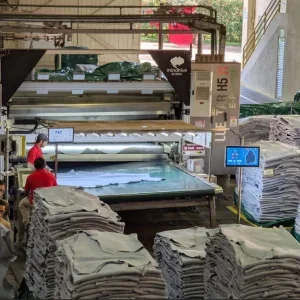Tannery owners unanimously want the market to determine raw-hide prices, marking a break from the tradition of prices being jointly fixed by the tanneries themselves and the government.
The call comes from a reaction to falling international prices, decreased demand, closure of leather goods factories in importing countries, and a multitude of taxes. Yet the IMF’s monthly commodity reports say that hide prices, which indeed fell in April, have been rising since August.
However, if the decision goes through, small hide traders suspect tannery owners would still influence market prices given their buying power of raw hides.
Tannery owners and the government are currently in talks to come to a decision to let the market dictate rawhide prices, as it did in 2012.
As rawhide supplies peak during Eid-Ul-Azha, banks lend vast sums to tannery owners; it’s reported by Bangladesh Tanners Association (BTA) that this year, tannery owners borrowed around tk4 billion (£32 million) to purchase hides.
"This year we want the market to set the price," BTA chairman Md Shahin Ahmed told bdnews24.com. "International market is yet to recover from recession. Rawhide price is falling in the international market. Moreover, when the price is high, Western fashion houses reduce the use of leather in their products. That leaves us with piles of unsold hides."
Yet he admitted that fixing prices by the market could hurt small and seasonal traders.
This year, government has planned to export $ 620.50 million worth of leather and leather goods.






